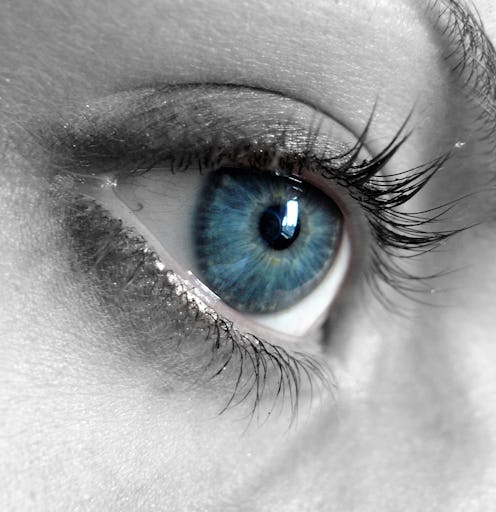
We've all seen movies and TV shows where people get hypnotized into doing something they might not otherwise do — but does hypnosis really work? In order to separate the fact from the fiction, YouTube channel asapSCIENCE set out to investigate the science behind hypnosis. The facts about this bizarre, age-old technique — and whether it has solid roots in reality — may actually surprise you.
Before we begin, it's worth noting that there are a lot of different forms of hypnosis out there. Erotic hypnosis, for example, is a form of hypnosis that induces orgasms without touch. Many people have also tried using hypnosis to get over a breakup or the same techniques to alleviate anxiety or stress. There's even an app called the "virtual gastric band" that claims it can hypnotize you into losing weight.
While there are both hypnosis naysayers who believe the whole thing is just a fad and hypnosis proponents who claim it has helped them navigate through tough moments in their lives, researchers usually agree that while it can do wonders for some, hypnosis does't work for everyone. So what is the science behind hypnotism's selective nature? Let's take a look at what the asapSCIENCE team has to say:
1. Science describes hypnotism a little differently than fiction does.
Though film and television hype hypnosis to be a mystical kind of thing, scientists actually define it as a state of consciousness involving highly focused attention, minimized competing thoughts, and an enhanced ability to respond to suggestions. From a scientific perspective, hypnosis is closer to the kind of focus your brain feels when you're deep into a really great book or watching a fantastic movie in a dark theater.
2. This kind of hypnosis is actually capable of shutting down our autonomic responses.
Read the color of the word above. Did you say green? It's hard to see a word we recognize and a color we know and not be distracted by the word itself to actually get the correct answer (which is blue). Our autonomic processes, which is just a fancy way to say our unconscious minds, want us to read the word, which gets in the way of us naming the color quickly.
3. Hypnotizability actually follows a normal bell curve distribution.
On the left end of the bell curve, there are people who feel nothing when someone tries to hypnotize them; meanwhile, on the right hand of the bell curve, there are people whose cognitive functions and memory can be easily changed by hypnotism. There are fewer of these people than there are those in the middle of the bell curve, who may just be affected by hypnosis on a physical scale. For example, they may respond to a direction saying, "Lift your left arm" or "Stand up and then sit down" during a hypnotherapy session.
4. Hypnosis can be used to modulate pain.
In one study, hypnotized subjects were pricked with a heat stimulus on the right hand; then, moments later, they were told they would be pricked again. Both times, subjects responded that they felt the same intensity of pain — even though the second prick involved no heat at all (they were jabbed with a pen instead). Not only did they verbally give both things the same pain rating, but brain scans showed similar levels of activity for both parts of the study.
So does hypnosis actually work? Watch the entire video to find out.
Images: izzie_whizzie/Flickr; asapSCIENCE/YouTube (4)